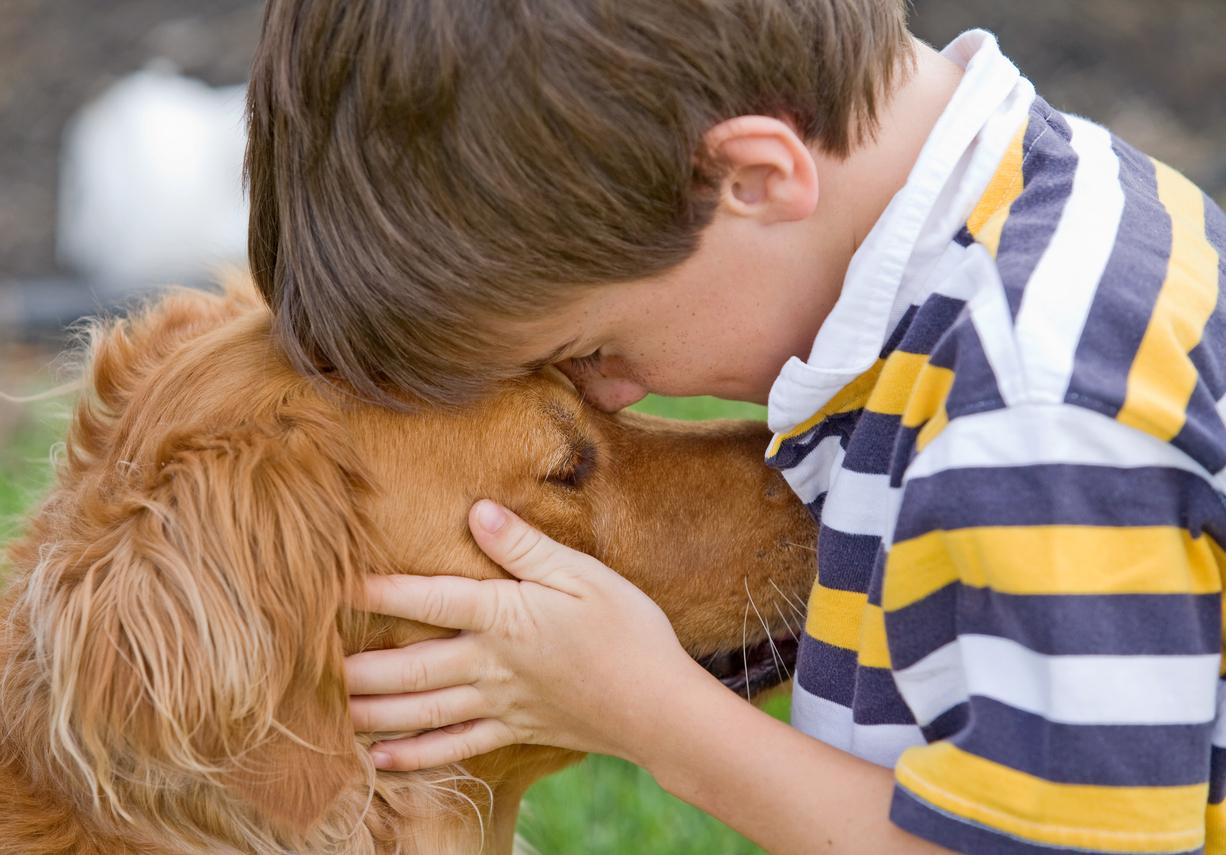Access to public space, education, cost… World Guide Dog Day is an opportunity to review the rights and training of these precious life companions.

- Under the law, guide dogs are considered “assistants for disabled people” and have the right to access all public places and public transport, in the company of their owners.
- The dogs are trained for two years, during which they learn to obey, avoid obstacles, cross a pedestrian crossing… They will then accompany their master for 8 to 10 years, depending on their health and abilities, before being ” retired” and put up for adoption. Total cost until retirement: 25,000 euros.
- Labrador, German Shepherd… In France, six breeds of “large” dogs are commonly trained to become guides for the blind.
“Emotional support essential in the daily life of their master or mistress.” On the occasion of International Guide Dog Day, this Wednesday April 24, the French Federation of Associations of Guide Dogs for the Blind (FFAC) takes stock of these precious acolytes, whose role is still unknown.
Guide dogs are allowed everywhere
In France, recalls the FFAC in a communicated, “the access of guide dogs for the blind is protected by law”, en the occurrence, the “disability law” of February 11, 2005, as well as the Public Health Code. Considered as “assistants for disabled people”animals have the right to access all public places and public transport, in the company of their owners.
The fact remains that people accompanied by guide dogs are still too often refused entry into certain establishments: the Observatory for the Accessibility of Guide and Assistance Dogs (OBAC) recorded in 2022 no less than 167 refusals of access. (120 beneficiaries, 46 host families, a dog trainer). And “This is probably the tip of the iceberg”according to the FFAC… As a reminder, prohibiting access to a public place for guide dogs is punishable by a fine of €450 for a natural person and €2,250 for a legal entity.
The guide dog accompanies its master for 8 to 10 years
Training a service dog takes time. It all starts within the French breeding network (REF) of the FFAC, where the puppies are monitored individually and selected when they are 2 months old. Until they are 12 months old, they are placed in volunteer foster families whose mission is to socialize these puppies according to certain educational principles such as cleanliness, basic obedience, good behavior within the family and outside. .. From 12 to 24 months, head to the education center, where dogs learn to obey, avoid obstacles, walk on sidewalks, cross a pedestrian crossing… “They learn up to 50 different orders”specifies the FFAC.
Subsequently, if the guide dog obtains its Guide Aptitude Certificate (CAG), it is given to a blind or visually impaired person. The two then form one “team” – to date, more than 6,300 pairs of this type have been created in the country by dedicated associations. The guide dog will accompany its master or mistress for 8 to 10 years, depending on its health and abilities, before being “retired” and offered for adoption, either to his master or his family, or to another so-called “retirement” family.
Guide dog: a total cost of 25,000 euros until retirement
Breeding costs, specific training for educators, veterinary care, etc. “The total cost of training and caring for an assistance dog until retirement is 25,000 euros”, affirms the FFAC. Thanks to the “mobilization” associations and “generosity of the general public”approximately 220 guide dogs are nevertheless given free of charge each year to people suffering from visual impairments who have requested them.
Six dog breeds can become guides
In France, six breeds of dogs are commonly trained to become guides for the blind: the Labrador, the Golden Labrador cross, the Golden Retriever, the German Shepherd, the Saint-Pierre, and the Royal Poodle. And for good reason, “These dogs are large”.

















